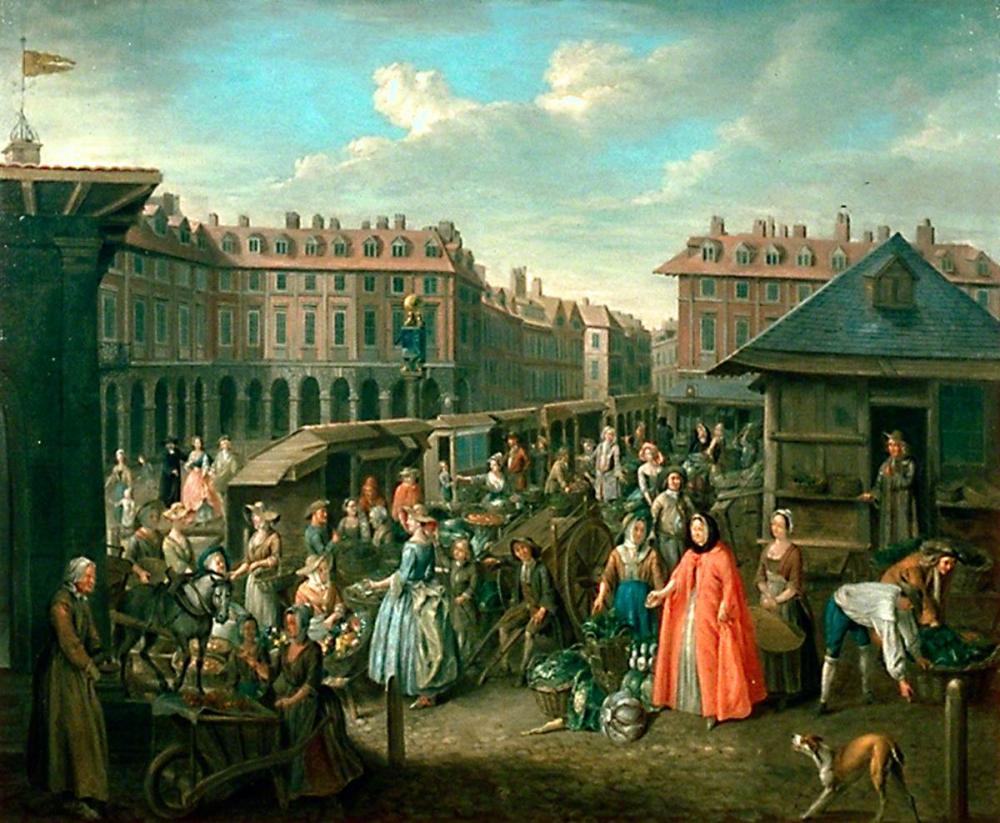Early Modern Britain

The period between c.1500 and c.1750 was a dramatic and tumultuous chapter in the history of the British Isles. Against the backdrop of the dynasties of the Tudors and Stuarts, it witnessed transformative changes in government and administration under Henry VIII, descended into bitter civil wars that culminated in the execution of King Charles I and the declaration of a republic, and underwent a constitutional revolution which ejected James II from the throne and replaced him with William and Mary. This was also an era of religious Reformation, a movement that had diverse consequences and disruptive and lasting effects in Britain’s constituent kingdoms. The tensions engendered by the advent of Protestantism within Europe framed foreign policy and international relations and fostered the spread of confessional prejudice and sectarian violence. They also helped to encourage new theories about the power of the state and the legitimacy of political resistance. Meanwhile, overseas exploration and exploitation, and colonial settlement in Ireland and the Americas created new markets in goods and people, widened horizons, and altered senses of identity and belonging.
A time of rising population, natural disaster and subsistence crisis, the early modern period saw deepening poverty and deprivation, but also increasing commerce, consumption, and both upward and downward mobility. The result was social polarisation, which fostered crime, riot, and conflicts that found expression in the growth of personal litigation and in accusations of witchcraft. Rural society and the environment were shifting under the impact of agricultural change, while cities, especially London, were swelling in size as people migrated from the countryside in search of employment. The state stretched its tentacles into localities, but power and authority were also negotiated among ordinary people in remote communities and in every household. Against the backdrop of female and minority rule in the period, and internecine struggles of the seventeenth century, patriarchal authority within households was also challenged and defended. Marriage was expected, but that only took place for most people in their mid-20s, so at any one time most adults were not married. Everyone was employed, either in agriculture or in the multiplying manufactures, or the services of the rapidly growing towns. All of this coincided with profound intellectual and cultural changes. The world of learning was remodelled by Renaissance humanism and the introduction of printing, and the spread of literacy transformed communication and led to schools for girls as well as boys, by the end of the period across the social spectrum. These developments served to unsettle some traditional assumptions about nature and God and to enrich and complicate popular practice and belief.
This Outline explores these processes in all their rich variety, providing students with an overview of political, religious, cultural, intellectual, social, and economic developments that made the sixteenth and seventeenth centuries a formative period in the history of Britain, its European neighbours, and the Atlantic world.
Image Joseph van Aken, Old Covent Garden (1725-30), Government Art Collection via ArtUK.
